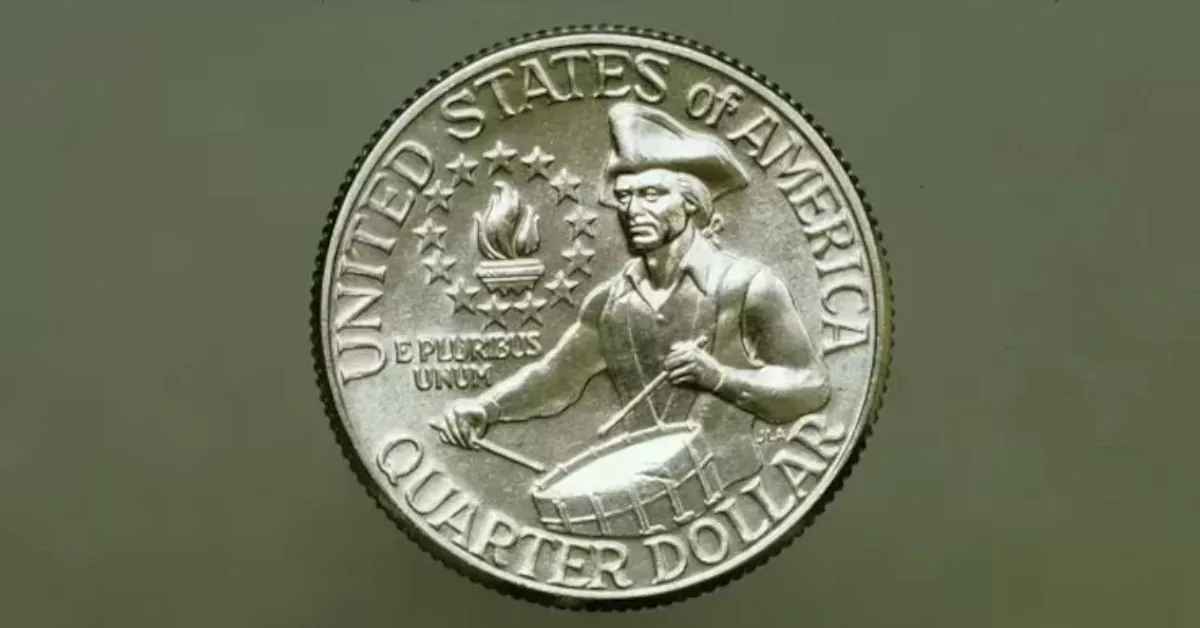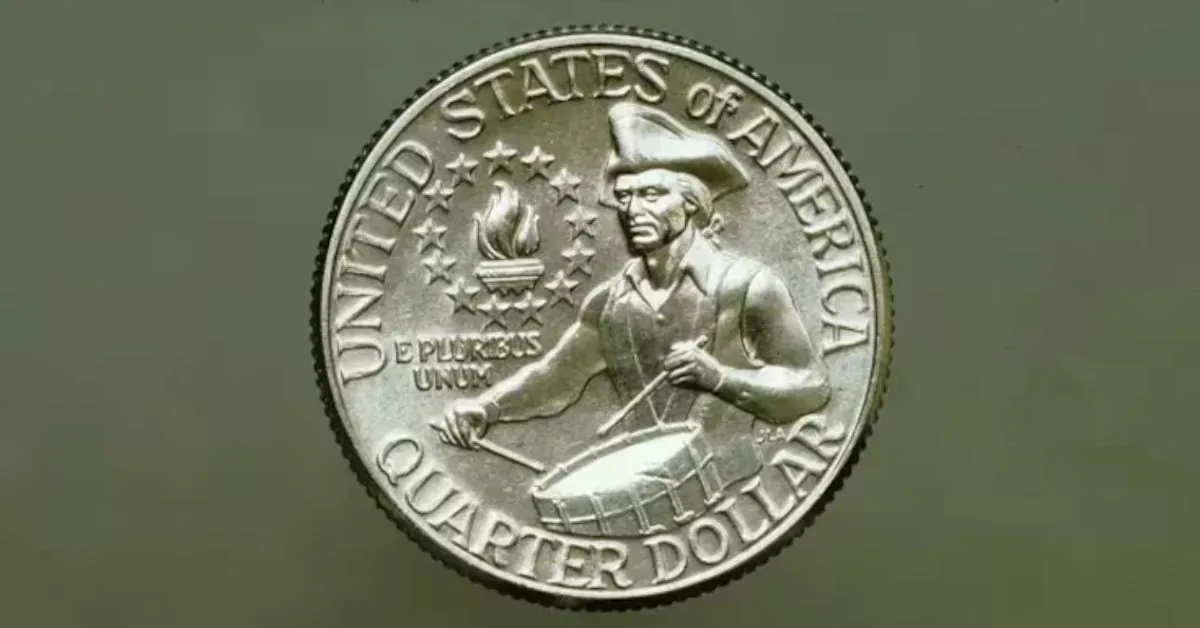Billions of coins circulate daily in the United States, many used strictly for their face value. However, some coins, due to unique characteristics or rarity, can increase exponentially in value, attracting attention from numismatics enthusiasts and collectors. One such coin is the 1976-S Bicentennial silver quarter, which has been known to sell for nearly $20,000. Here’s what makes this coin so valuable and how to identify one.
The Story Behind the 1976 Bicentennial Quarters
In 1976, the United States celebrated its bicentennial, marking 200 years since the signing of the Declaration of Independence. To commemorate this milestone, the U.S. Mint released special edition coins, including quarters, half dollars, and dollar coins.
The 1976 quarters stand out due to their unique reverse design, featuring a colonial drummer and a torch encircled by 13 stars representing the original colonies. These coins, with the dual date “1776-1976,” were produced in three mint locations: Philadelphia, Denver, and San Francisco.
Why the 1976-S Bicentennial Silver Quarter Is So Valuable
What makes the 1976-S Bicentennial silver quarter particularly valuable is its composition. While most quarters from this series are made of nickel and copper, the San Francisco Mint produced a limited number of quarters with a 40% silver composition. This silver content significantly increases their desirability and value among collectors.
According to GoBankingRates, some of these silver quarters have fetched high prices at auctions due to their rarity and pristine condition. One of the most notable sales, reported by Chronicle Collectibles, was a 1976-S Bicentennial silver quarter that sold for nearly $20,000.

Identifying a 1976-S Bicentennial Silver Quarter
To determine if you have a valuable 1976-S Bicentennial silver quarter, look for the following key characteristics:
- Mint Mark: The coin should have an “S” mint mark, indicating it was produced in San Francisco.
- Silver Composition: These coins have a distinct metallic appearance due to their silver content. They are heavier than their non-silver counterparts.
- Condition: Coins in uncirculated or proof condition are significantly more valuable. Scratches or wear can reduce the value.
How to Confirm Your Coin’s Value
If you believe you have a 1976-S Bicentennial silver quarter, consult a professional numismatist or coin grading service to authenticate and evaluate its condition. Proper grading is essential to determine its true market value, especially if you plan to sell it at auction or to a collector.
Why Rare Coins Continue to Fascinate Collectors
The appeal of rare coins, like the 1976-S Bicentennial silver quarter, lies in their blend of historical significance, artistic design, and scarcity. Collectors are willing to pay top dollar for such coins, especially when they are tied to a significant event like America’s bicentennial.
For those interested in coin collecting or hoping to stumble upon a hidden treasure in their loose change, these rare quarters are a reminder of the potential value lurking in everyday currency.
Always remember, before selling or purchasing rare coins, seek expert advice to ensure you’re making an informed decision. The world of numismatics is full of opportunities, but knowledge is key!




![Tyson Foods Plant [Photo: Food Manufacturing]](https://southarkansassun.com/wp-content/uploads/2023/08/iStock_1185520857__1_.5e441daa51cca-600x337.jpg)







![Silverado Senior Living Management Inc. [Photo: Los Angeles Times]](https://southarkansassun.com/wp-content/uploads/2023/10/download-6-4-600x337.jpg)

![China's Wuhan Institute of Virology [Photo: Nature]](https://southarkansassun.com/wp-content/uploads/2023/09/d41586-021-01529-3_19239608-600x337.jpg)
















